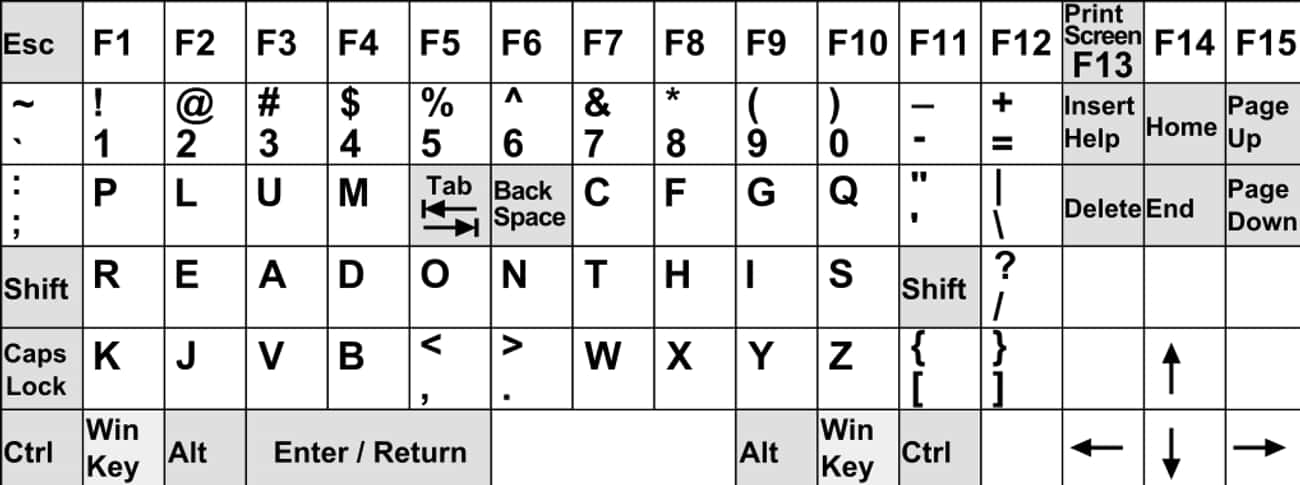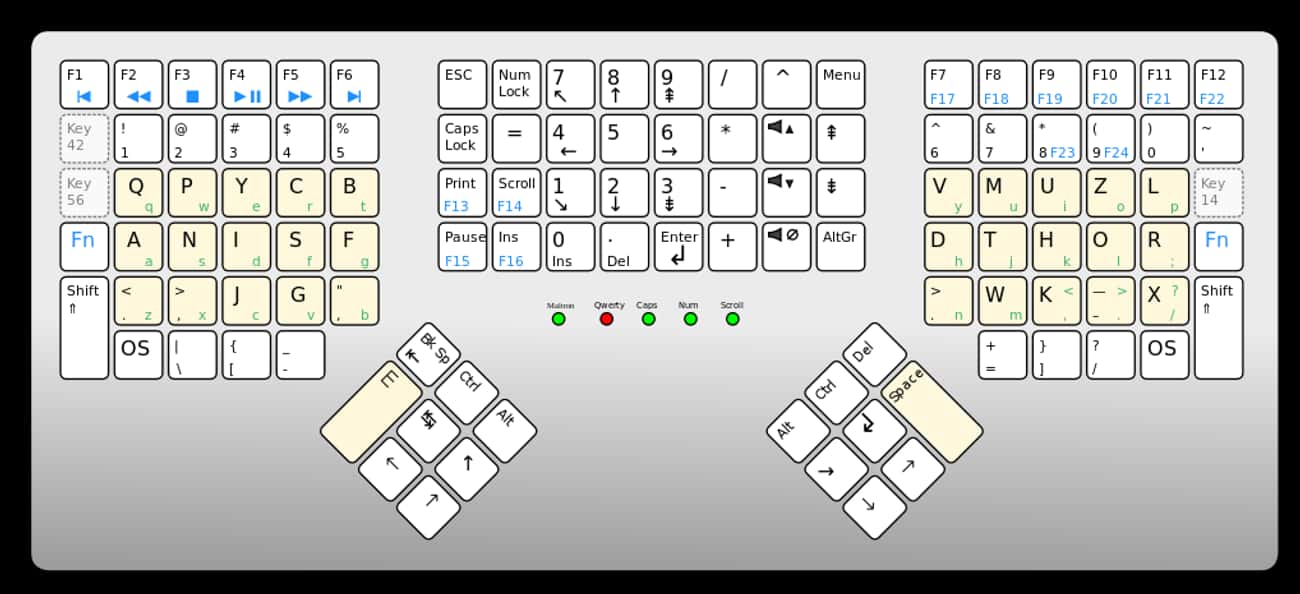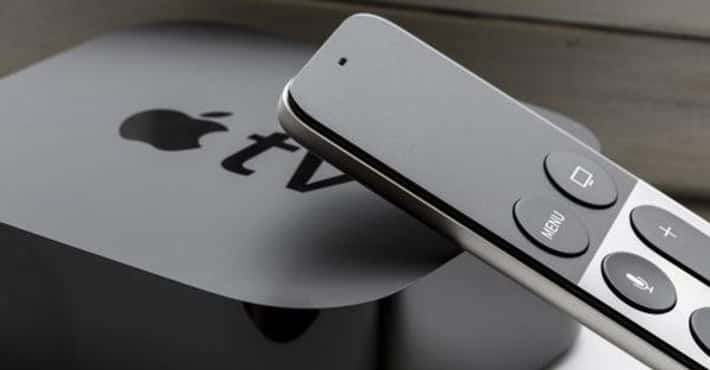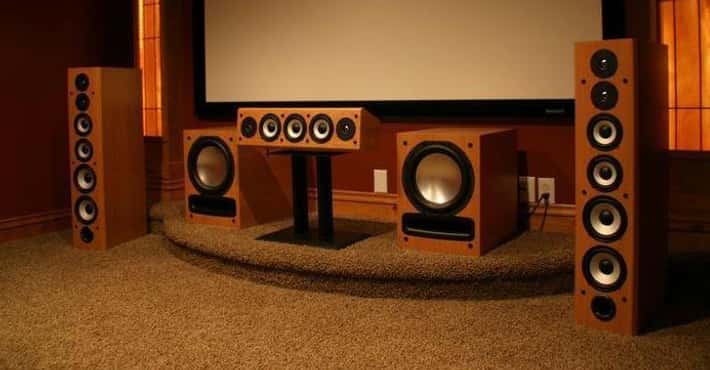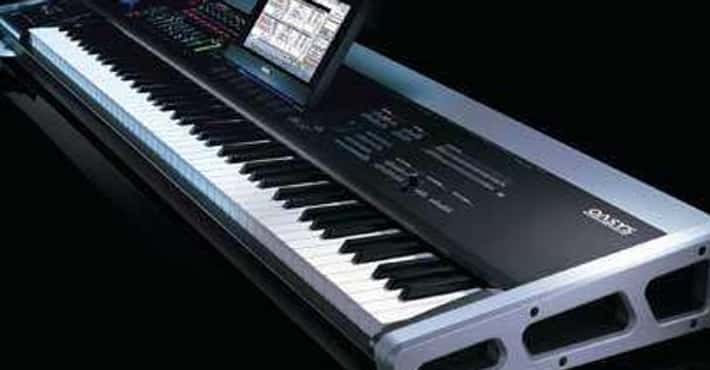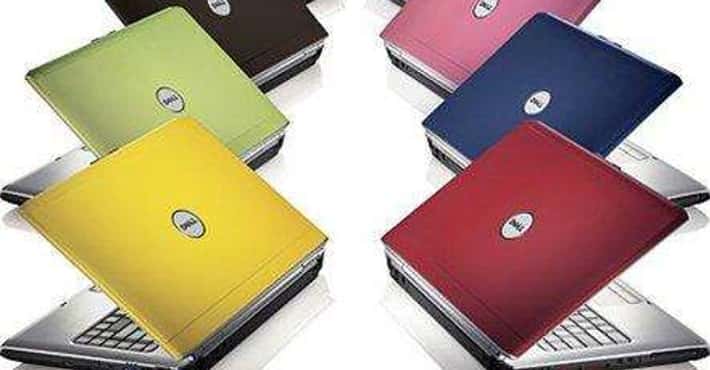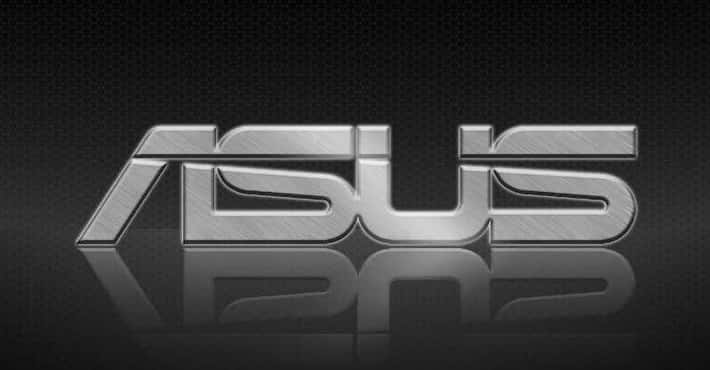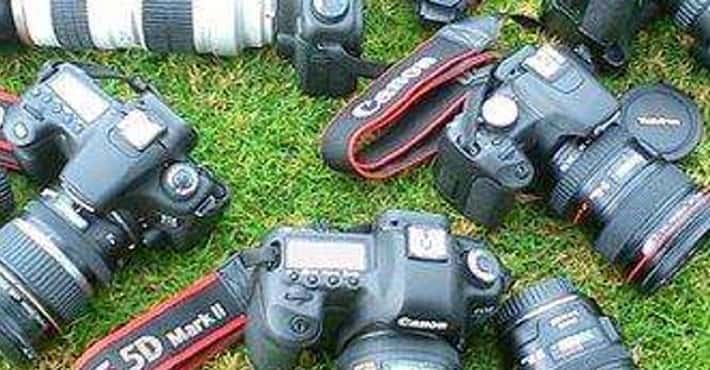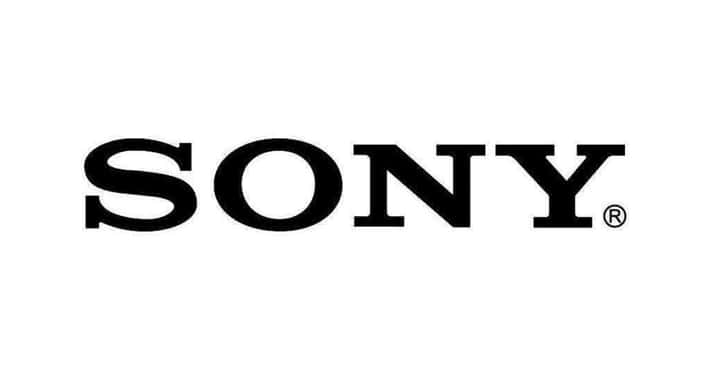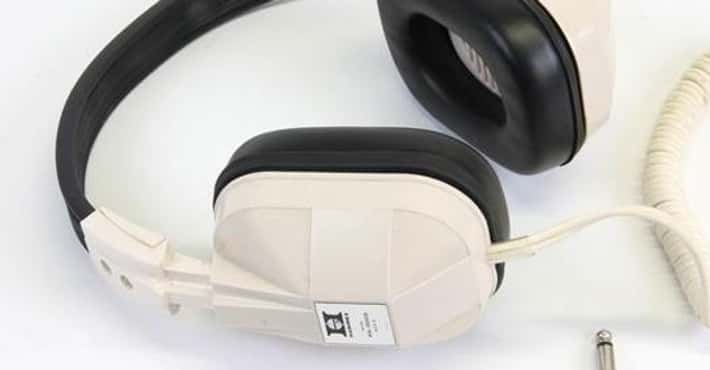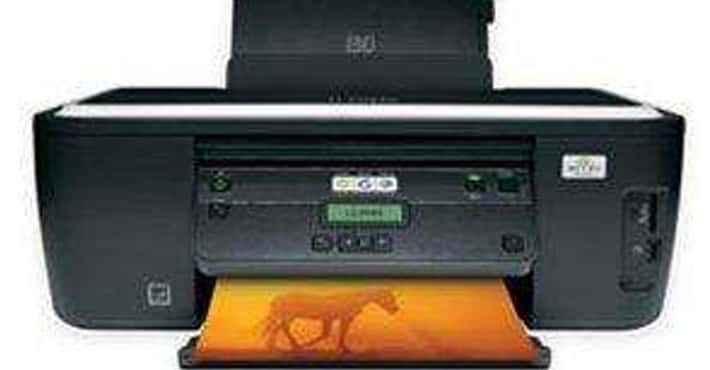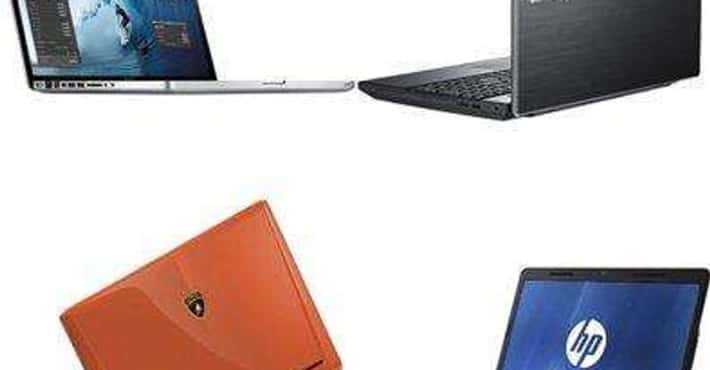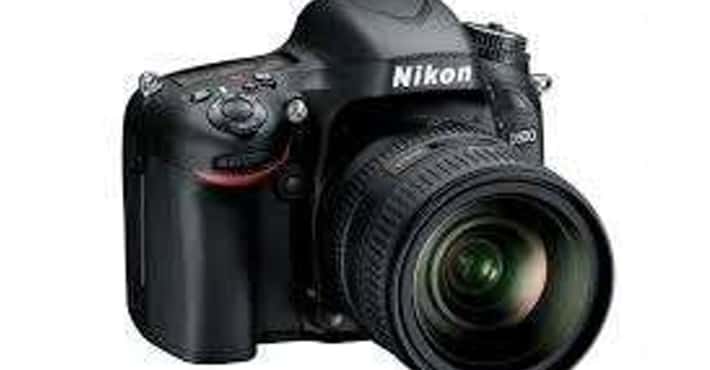Alternative Keyboards That Are Way Better Than QWERTY
Ranked By
1.2K votes
453 voters
Voting Rules
Vote up the keyboards that offer the best alternative to the traditional QWERTY set up.
- 1119 VOTESPhoto: Public Domain / Wikimedia Commons
The Dvorak Simplified Keyboard was patented by Dr. August Dvorak and his brother-in-law, Dr. William Dealey, in 1936. It was designed to minimize finger movement and facilitate faster typing rates than the standard QWERTY. The main difference in terms of layout is that for Latin letter languages such as English, Dvorak keyboards have more common letters in the middle, or home row, of keys.
While the DSK has yet to replace the QWERTY keyboard, it is available on most modern operating systems, if you're looking to increase your words per minute score. - 2143 VOTESPhoto: Jamadagni / Wikimedia CommonsWorkman is a keyboard based on the natural behaviors of the different digits on the hand. If you hold out your hands in a typing position, you'll notice our index fingers tend to curl inward while our middle and outer fingers tend to stretch outward. Workman was developed by coders who do a lot of typing with the goal of minimizing hand fatigue.
- 393 VOTESPhoto: Free Software Foundation / Wikimedia CommonsThis European keyboard switches the positions of the "Y" and "Z" keys from the QWERTY keyboard. This keyboard is a very popular choice throughout Central Europe, as "Z" is a much more common letter in German.
- 497 VOTESPhoto: Wikimedia CommonsPLUM is probably one of the easiest keyboards to learn typing on if you'd never encountered QWERTY. The square grid helps minimize hand twisting and the keys are arranged to help new typists learn even faster than QWERTY. PLUM also uses mnemonic devices in the keys arrangements to help with memorization. The home row keys read "readonthis." Brilliant!
- 540 VOTESPhoto: Wikimedia CommonsJCUKEN is the most common keyboard layout used in Russia today. Because the Russian Cyrillic alphabet contains considerably more letters than the English Latin alphabet, JCUKEN features some unusual key sharing. Perhaps the most interesting shared key is between the period and the comma.
- 676 VOTESPhoto: MovGP0 / Wikimedia CommonsAge of Maltron? PCD Maltron Ltd., which was founded by Lillian Malt, developed alternative ergonomic keyboard models designed to completely prevent repetitive strain injury from typing. Their flagship keyboard is the Fully Ergonomic 3D Keyboard. The keys are arranged in separate blocks with slanted surfaces to give maximum comfort and support to the hands.
- 763 VOTESPhoto: Wikimedia CommonsAZERTY gets its name from its particular arrangement of letters in its top left corner. Its exact origins are not known, but it first appeared as a 19th century alternative to typewriter layouts in France. Albert Navarre is credited with creating the 20th century version of AZERTY. Today, it is widely used by French and Belgian speakers throughout Europe.
- 850 VOTESPhoto: Neo-Layout / Wikimedia CommonsThe Neo Users Group developed this German-centered keyboard in 2004. The German language optimizations include letter positioning and letter grouping. Neo also includes multiple layers of completely different key layouts that can be activated, which are themed by upper and lowercase, special symbols, or multilingual characters.
- 940 VOTESPhoto: Arkantos / Wikimedia Commonsİhsan Sıtkı Yener developed the dedicated Turkish Latin alphabet keyboard in 1955. Unlike most other keyboard layouts, the Turkish F-Keyboard distributes the typing workload more evenly between the two hands.
- 1043 VOTESPhoto: Yes0song / Wikimedia CommonsShai Coleman developed the Colemak keyboard with the goal of keeping the most frequent keys pressed by the strongest fingers on the hand. This would, in theory, reduce the risk of repetitive strain injury from awkward finger reaches. Like Dvorak, it also makes much heavier use of the home row.
- 1137 VOTESPhoto: Wikimedia CommonsQWPR was designed to offer minimized finger movement like Dvorak, but also be an easier transition for people accustomed to QWERTY. Compared to QWERTY, only two letters are changed to the opposite hand. QWPR also includes keys dedicated for multilingual symbols.
- 1238 VOTESPhoto: Michka_B / Wikimedia CommonsBÉPO is the French optimized keyboard layout designed by the BÉPO community. It supports all Latin-based alphabets, as well as Greek and Esperanto. Taking inspiration from the Dvorak and other ergonomic layouts, which is ideal for programmers, BÉPO places high frequency keys in the home row.





